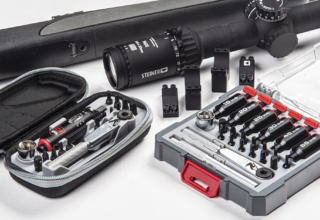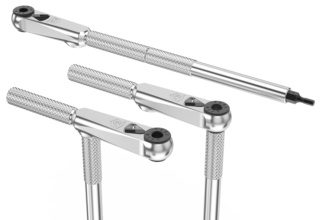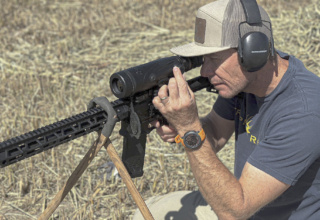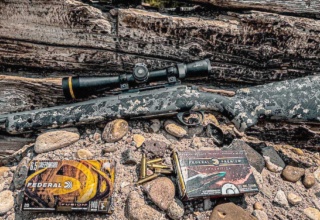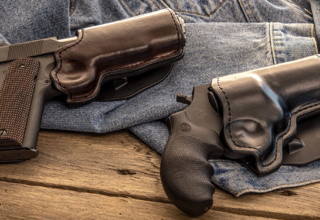Don’t hit the fields, swamps, and rivers with your favorite duck and goose killer until you heed the to-come advice and get your waterfowl wrecker ready for the season ahead
by Jace Bauserman
For some, early waterfowl seasons have kicked off. For others — most of us — waterfowl seasons are on the brink.
My son Hunter and I had a few excellent teal hunts in mid-September. As they do each fall, these hunts only whet my appetite for what’s to come.
Some shotgun prep work, though, needs to be done before mallards drop into a spread of fakes on a creek or Canada geese let the air out and dip their feet.
In my youth, I was an idiot. I took zero shotgun prep time. My shotgun wasn’t clean, it didn’t have a sling, and I never patterned my chokes with various ammo loads, et cetera. Often, this negligence cost me. I experienced feed jams, and I left my extra-full turkey choke in on two occasions and missed a pile of birds.
Don’t be me. Follow these steps and prepare your waterfowl widow-maker for the rigorous season.
The Barrel
I clean my waterfowl shotgun’s exterior and wipe it down before putting it away for the spring and summer months, but I rarely give it a deep clean. I save the main cleaning session for, well, right now.
First, I make sure the shotgun isn’t loaded. Then, I gather all of my Real Avid cleaning supplies, place my shotgun on Real Avid’s Universal Smart Mat, and go to work.
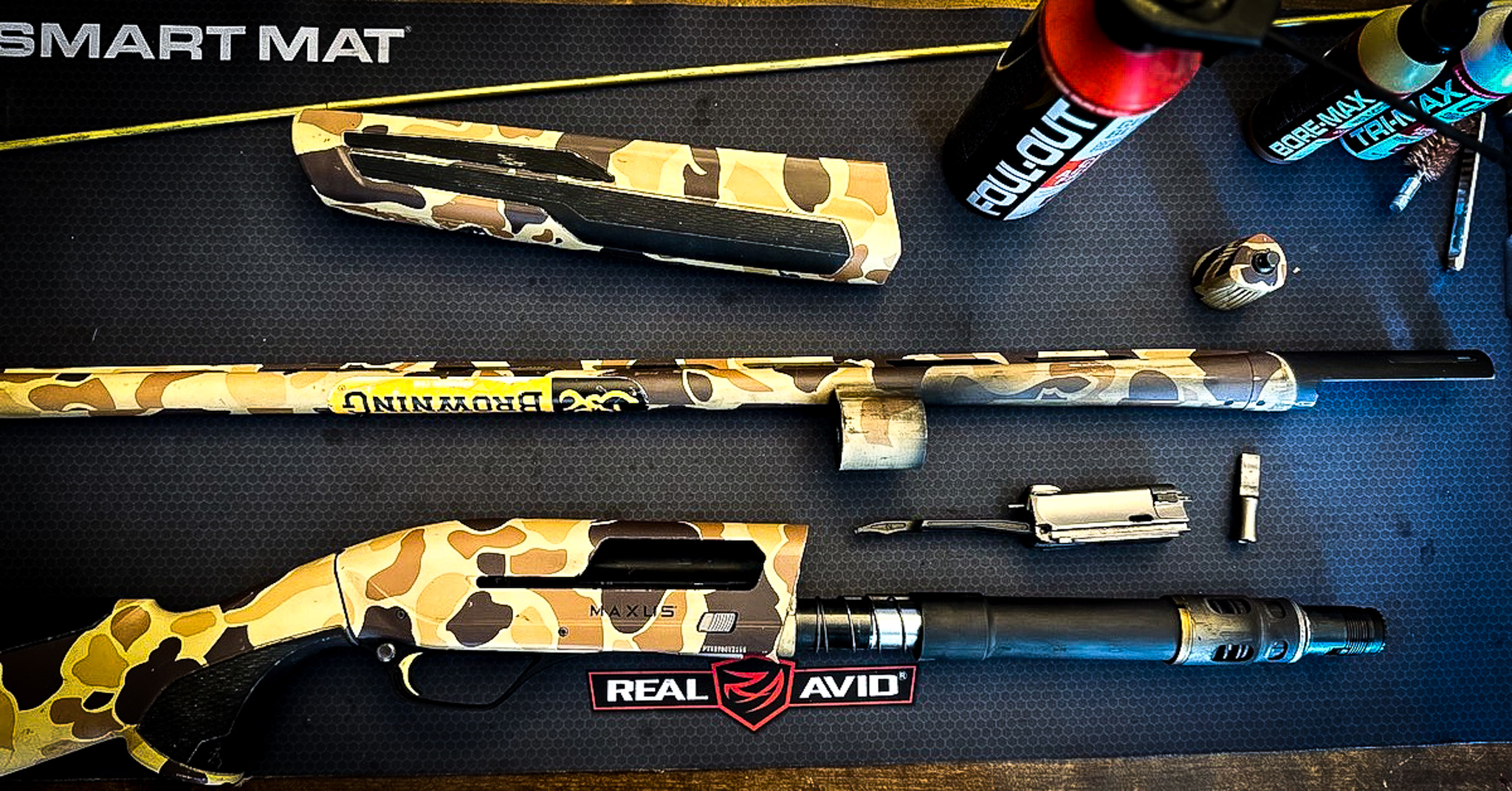
Before diving in, carefully read the disassembly instructions that should have come with your shotgun. If you can’t find those instructions, YouTube will likely have a video breaking down your exact make and model.
Next, remove the barrel by unscrewing the magazine cap. This makes the barrel cleaning process much more manageable. Attach a caliber-specific brush to a cleaning rod and run it down the barrel to break up build-up and fouling. Now, insert the brush into the shotgun’s breech end and push it out the muzzle to prevent crown damage. You will want to run the brush through the barrel multiple times.
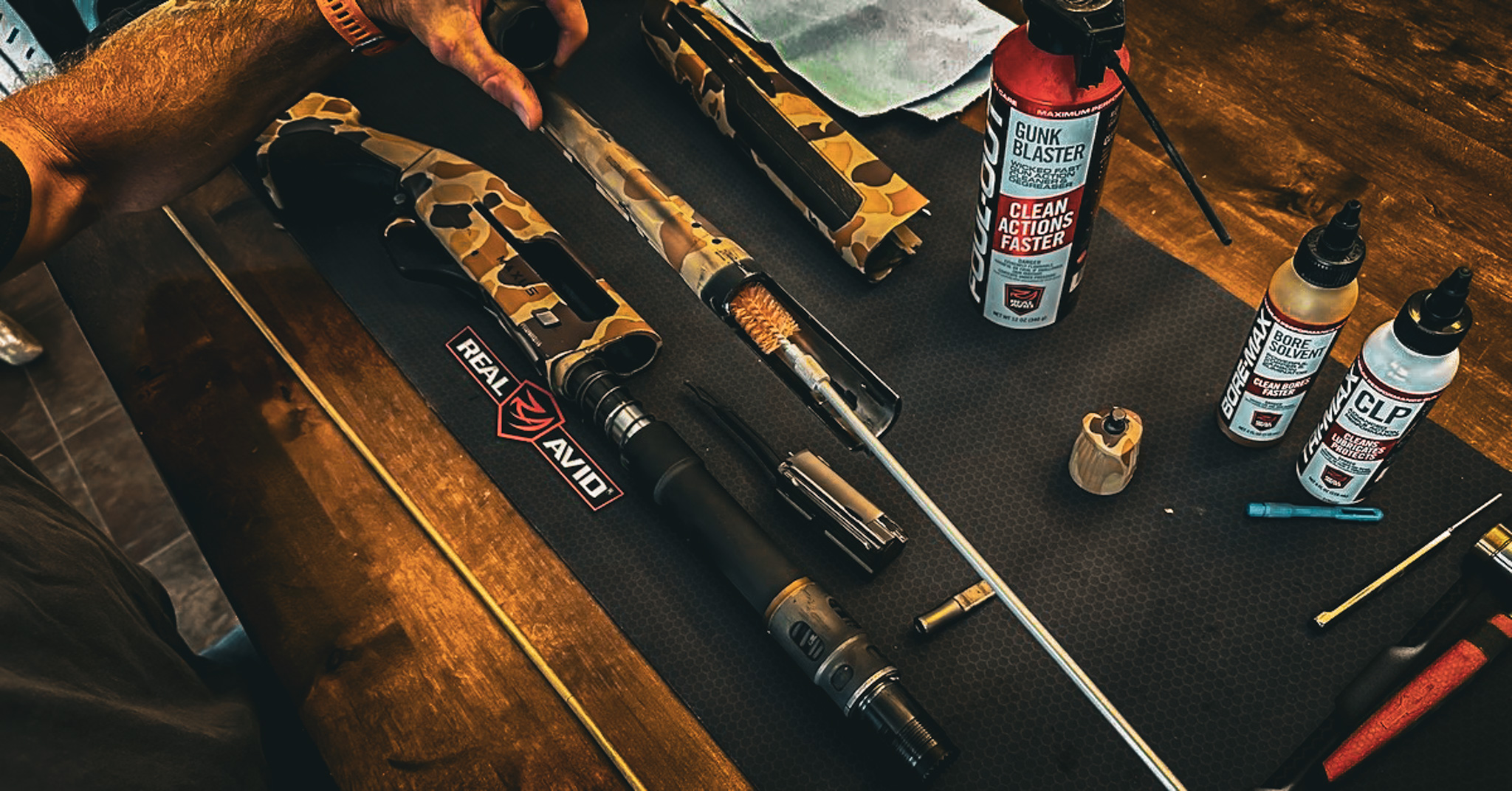
Remove the brush, attach a cleaning jag to the rod, attach a cleaning patch, and dowse the patch in Bore-Max Bore Solvent. Repeat this process several times until the patch comes out clean.
Finish the barrel cleaning process by adding a dry patch. Then, drip some Gun-Max Gun Oil on the patch, and send the patch through the barrel.
I also like to clean each of my choke tubes. Ignore this process, and you’ll end up with a rusted-in choke that’s a bear to budge. Remove your choke using a choke tube wrench. Next, use Foul-Out Gunk Blaster and Bore-Max Bore Solvent to clean the outside threading and inside of the tube. I clean every single choke in my arsenal.
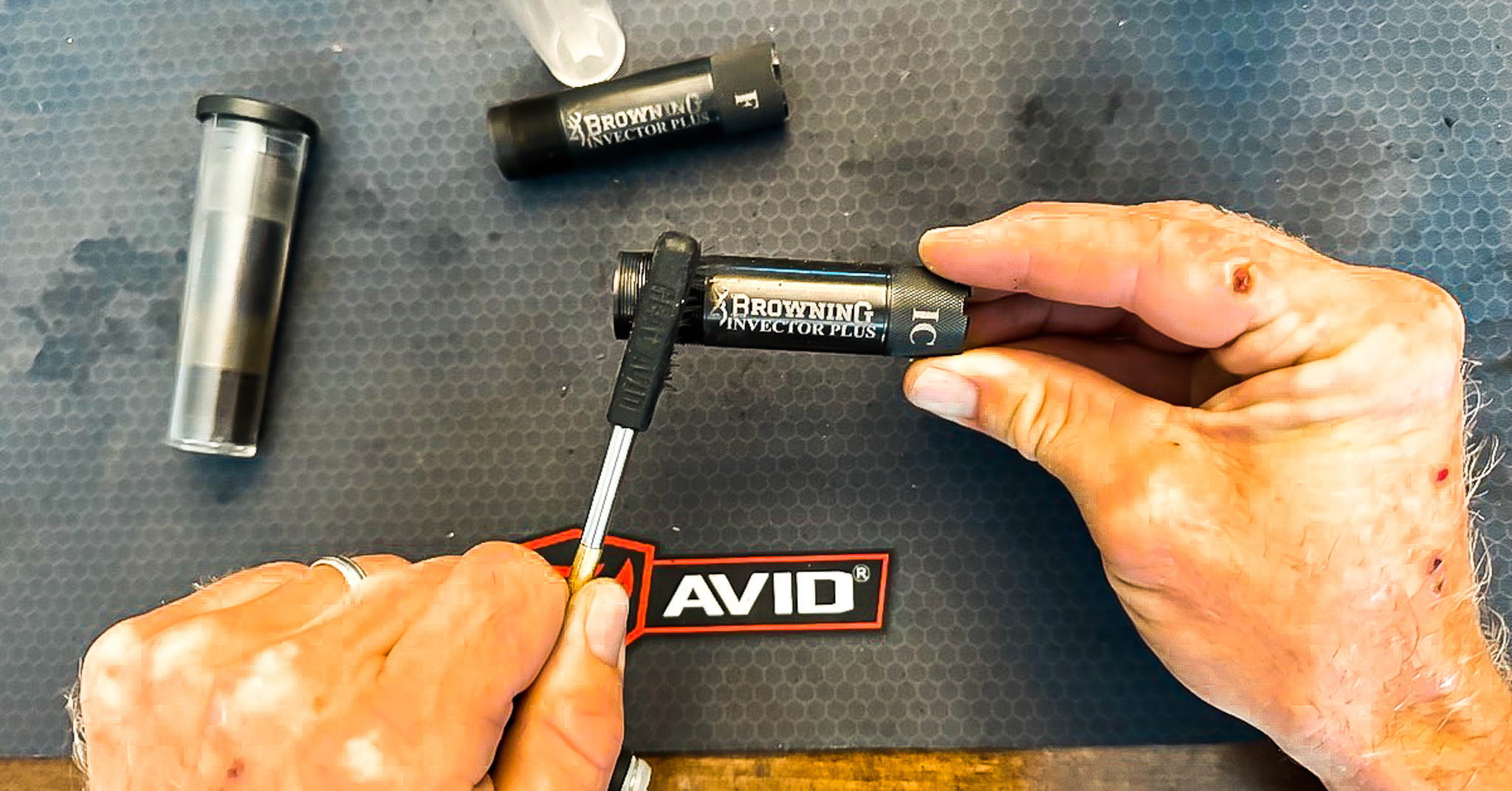
The Guts
I’m a big fan of removing the guts of my Browning Maxus II. Cleaning the barrel and chokes is essential; however, if I had to choose between cleaning my barrel and the guts inside the receiver, I would pick the guts every time.
If removing your bolt or trigger guard makes you want to break out the anti-anxiety meds, take your shotgun to a gunsmith and let them do it.
If you’re a DIY person, the process is rather elementary if you have the right tools. While disassembly methods vary by shotgun, most are remarkably similar.
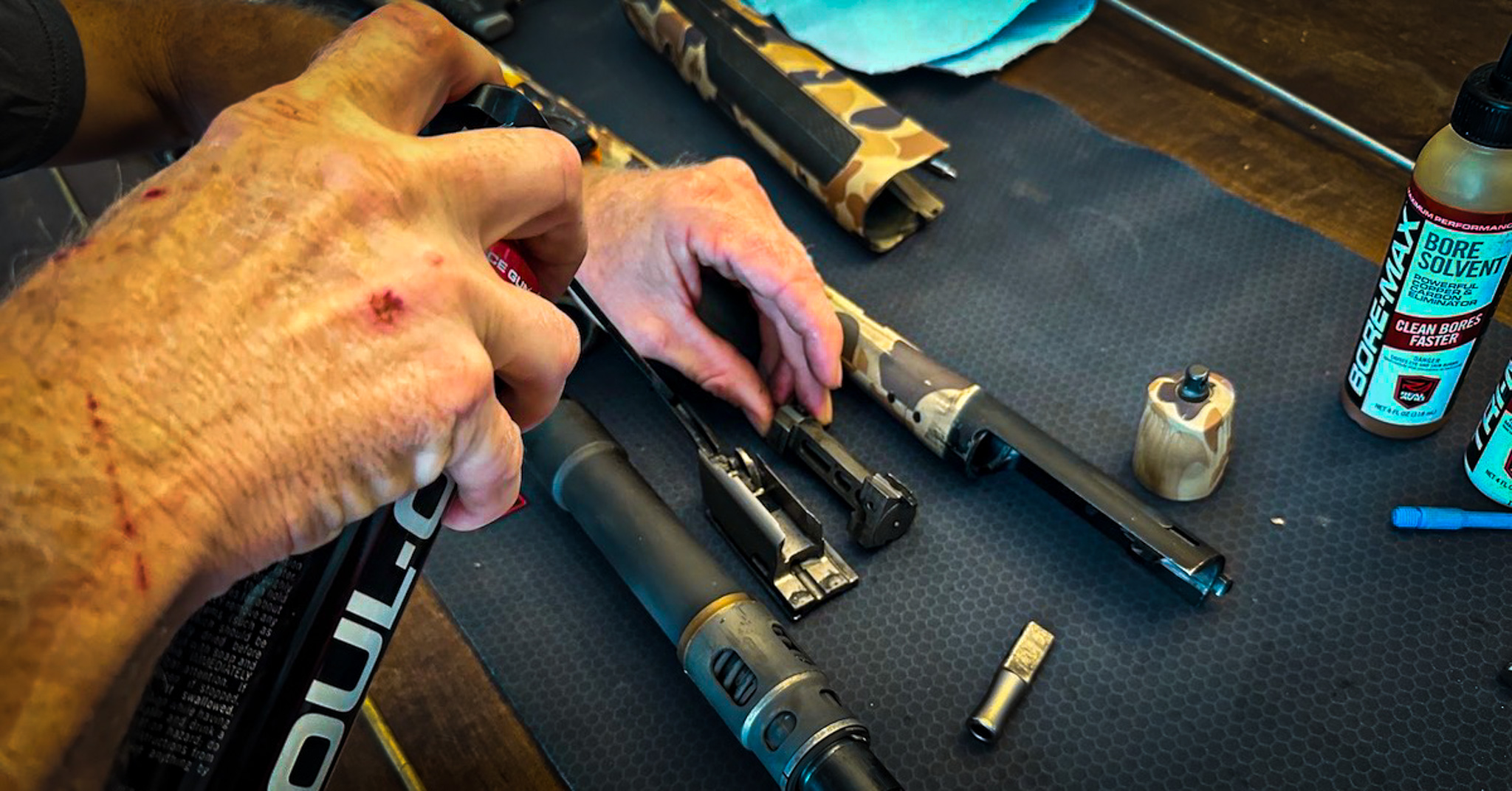
I remove the charging handle by holding the receiver firmly and pulling on the charging handle. Next, I separate the bolt from the carrier. Then, I move to the trigger assembly. Place the receiver on a bench block and use a pin tool to push the pins out of the trigger assembly. Now, you can use a cleaning brush, pads, and solvent to clean all the innards. The brush is key as it will remove gunk, debris, and fouling.
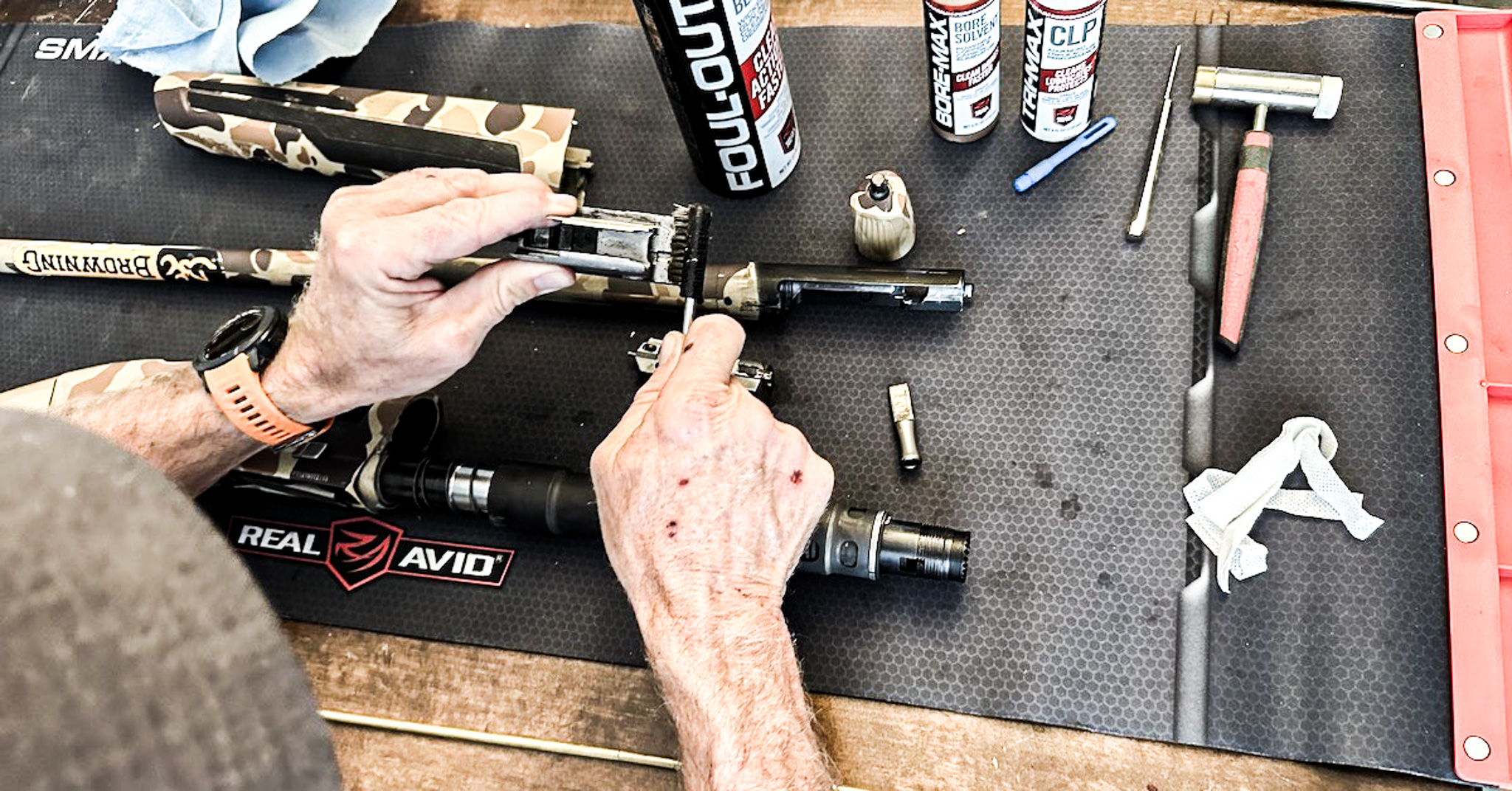
Bingo! Your shotgun is ready to operate like a champ.
Sling? Yes, Please!
Waterfowl hunting is a gear-laden endeavor. You’ll want both hands for toting gear to and from the field. The attachment of a solid sling is one of the best investments you’ll ever make. Not only does the sling allow for hands-free transport, but it makes carrying your shotgun comfortable.
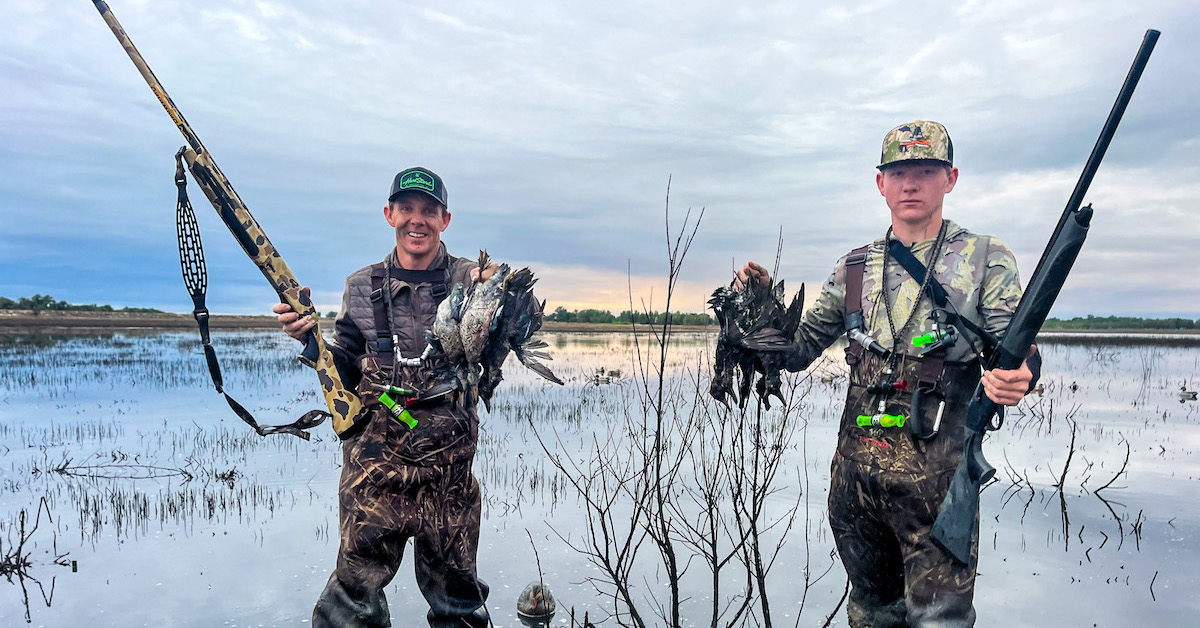
My go-to slings are Quake’s Contour Sling W/Loop and LimbSaver’s Kodiak Air Firearm Sling. Though many dub the Quake’s a rifle sling, it works excellently on my shotgun. The rubberized pad is comfortable, grips the shoulder area even when wet, and the nylon sling is fully adjustable. You won’t be constantly changing the sling’s position on your shoulder. The Kodiak Air sports a shoulder strap made from Navcom, which is an ultra-durable material that is comfortable and flexible.
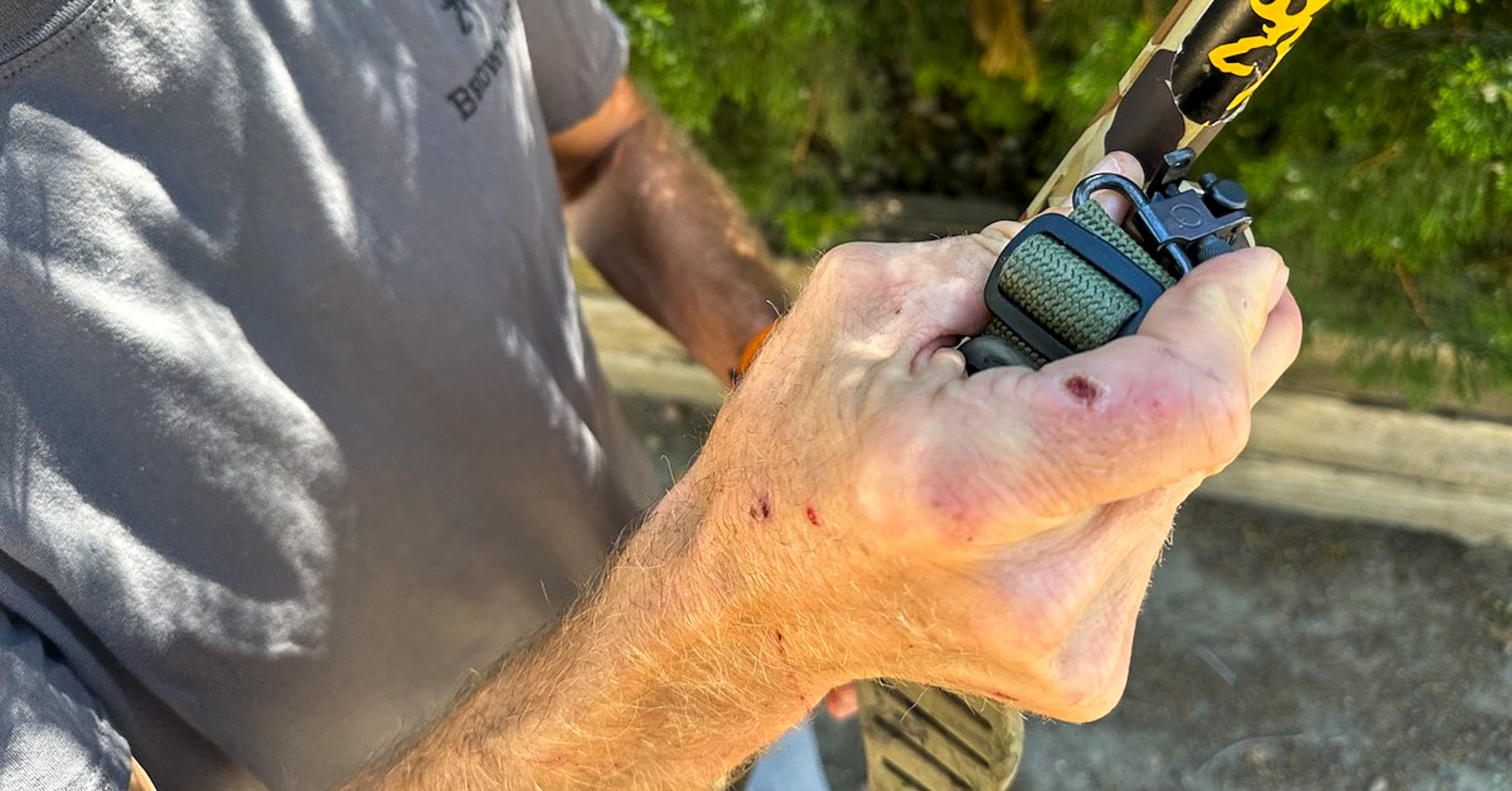
A Better Sight?
I don’t aim a shotgun. I go by feel and shoot instinctively; however, I’ve found a well-built fiber-optic front sight provides an excellent reference and boosts my accuracy.
One of my favorites is the Litewave CompSight Bead Replacement Front Sight from HIVIZ. If it’s good enough for Olympic shooting champions, it’s good enough for me. I love the low-profile steel base and the light-gathering ability of each of the LitePipes. The LitePipes are ultra-durable and can be quickly changed using the storage/changing key.
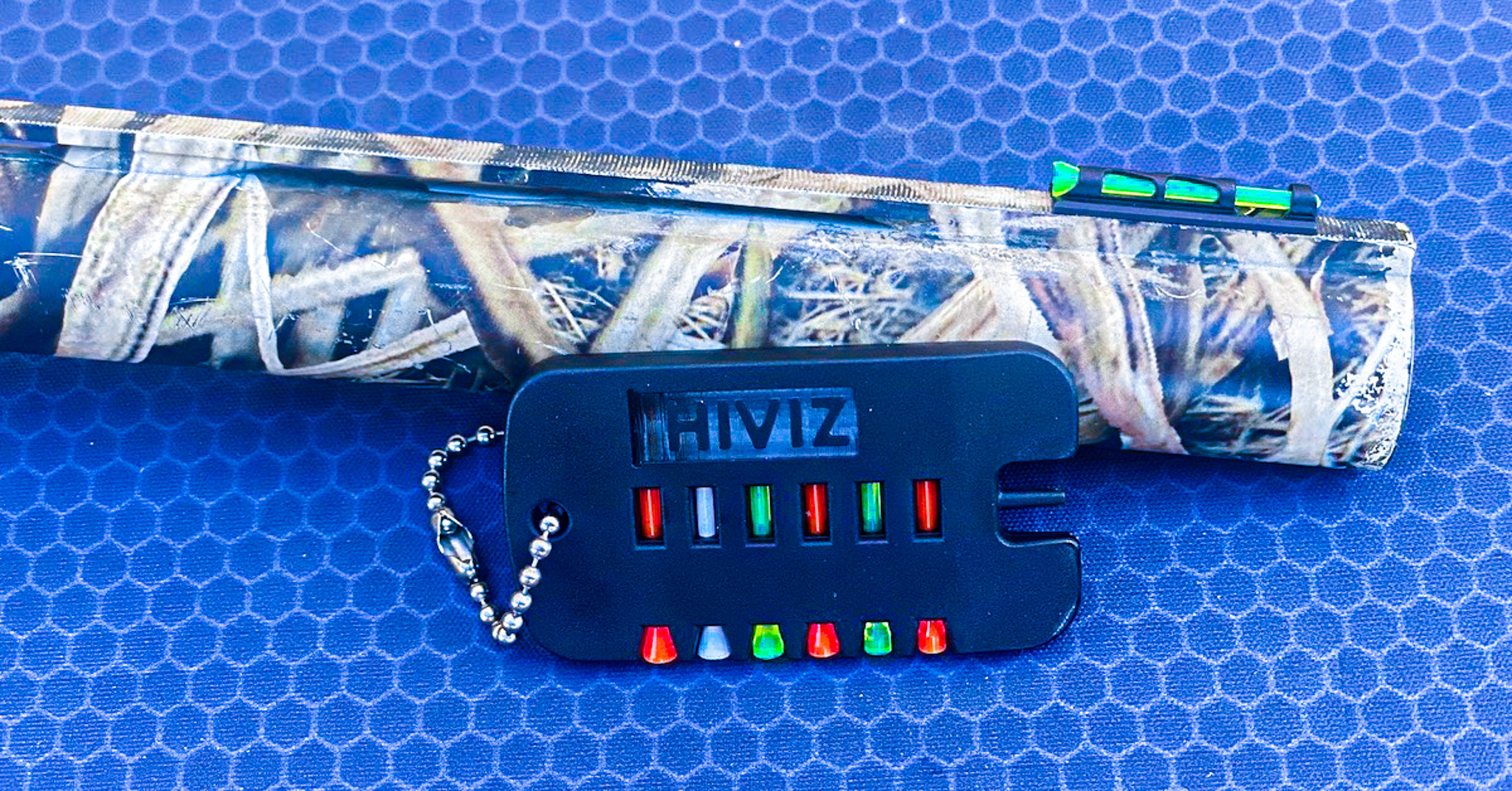
Litewave CompSight Bead Replacement Front Sights fit most vent-ribbed shotguns. The kit includes five screw sizes to ensure proper base-to-barrel attachment, multiple diameters of LitePipes, and a storage/changing key.
Check Those Chokes
Waterfowl ammo is expensive, so it would help if you could pattern your ammo of choice with the various choke tubes you plan to hunt with.
Doing this builds confidence. You get to see your patterns and quickly learn the effective kill distance of each choke.
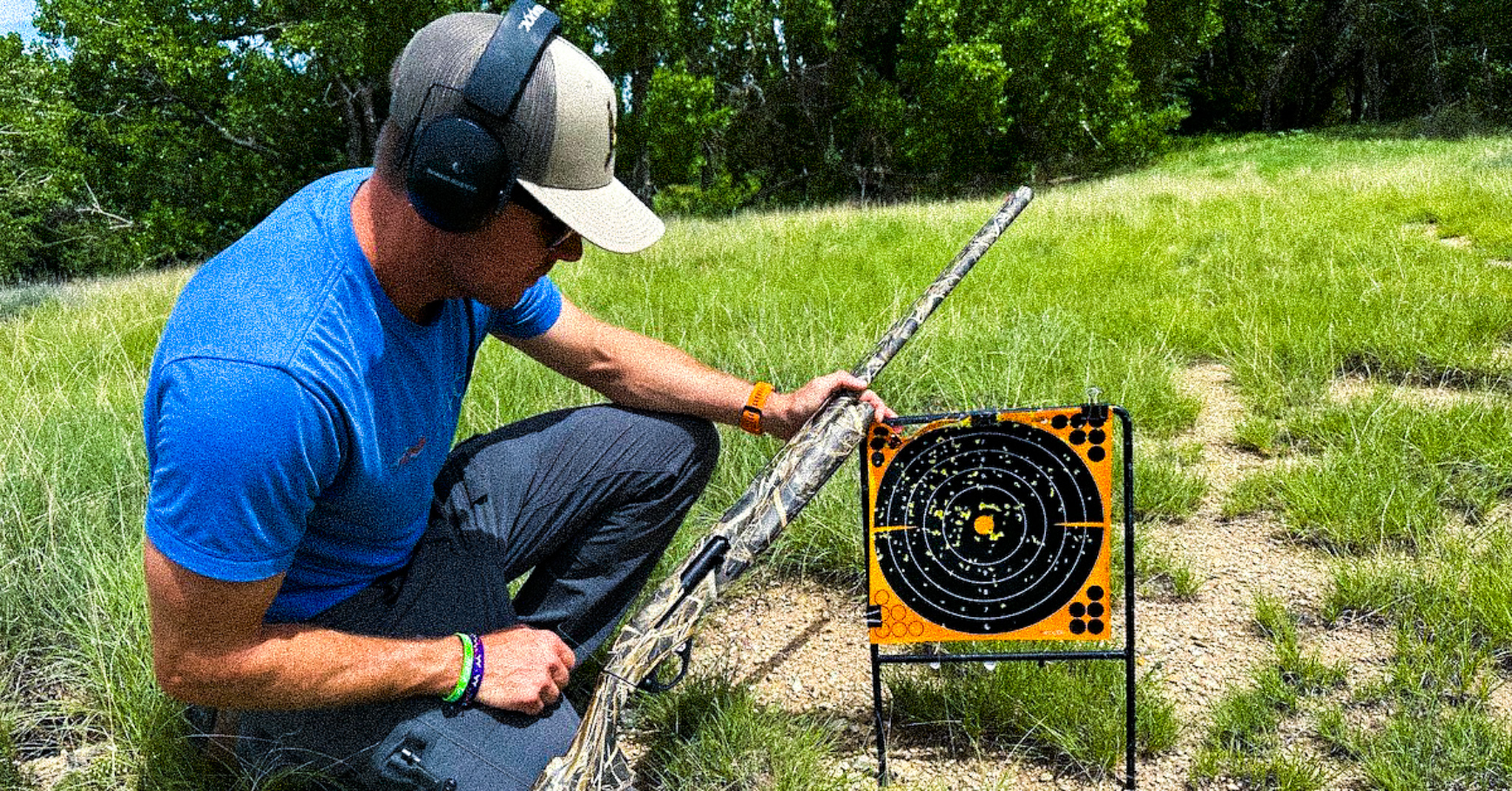
I’m a fan of Browning’s Invector-Plus Extended Choke Tubes. The tubes combine with the Vector Pro and back-boring to ensure ultra-dense patterns. If you’re not a fan of your shotgun’s factory chokes, I highly recommend jumping on the custom choke bus.
My favorite custom waterfowl chokes include Patternmaster’s Code Black, Mojo’s Fatal Shot, and Carlson’s Cremator Non-Ported Waterfowl. Each of these chokes will improve your pattern and extend your effective range.
Final Thoughts
Now’s the time to ensure your waterfowl wrecker is ready for the season ahead. If you take the time now, you can spend the coming months looking forward getting wings to cup, feet to drop, and filling limits.



